Ensuring Baby Clothing Safety and Comfort: A Deep Dive into Petelulu’s Quality Control Practices
🍼 Introduction: The Critical Importance of Safety and Comfort in Baby Apparel
When it comes to dressing our little ones, safety and comfort are paramount. Babies have delicate skin and developing immune systems, making them particularly vulnerable to harmful chemicals and allergens commonly found in textiles. As parents and caregivers, ensuring that the clothing we choose for our babies meets the highest safety standards is not just a preference but a necessity.
🌍 International Safety Standards in Baby Apparel
Ensuring the safety and comfort of baby clothing is paramount, and adherence to international safety standards is a crucial aspect of this commitment. Renowned certifications and regulations serve as benchmarks for manufacturers to guarantee that their products meet stringent safety and quality criteria.
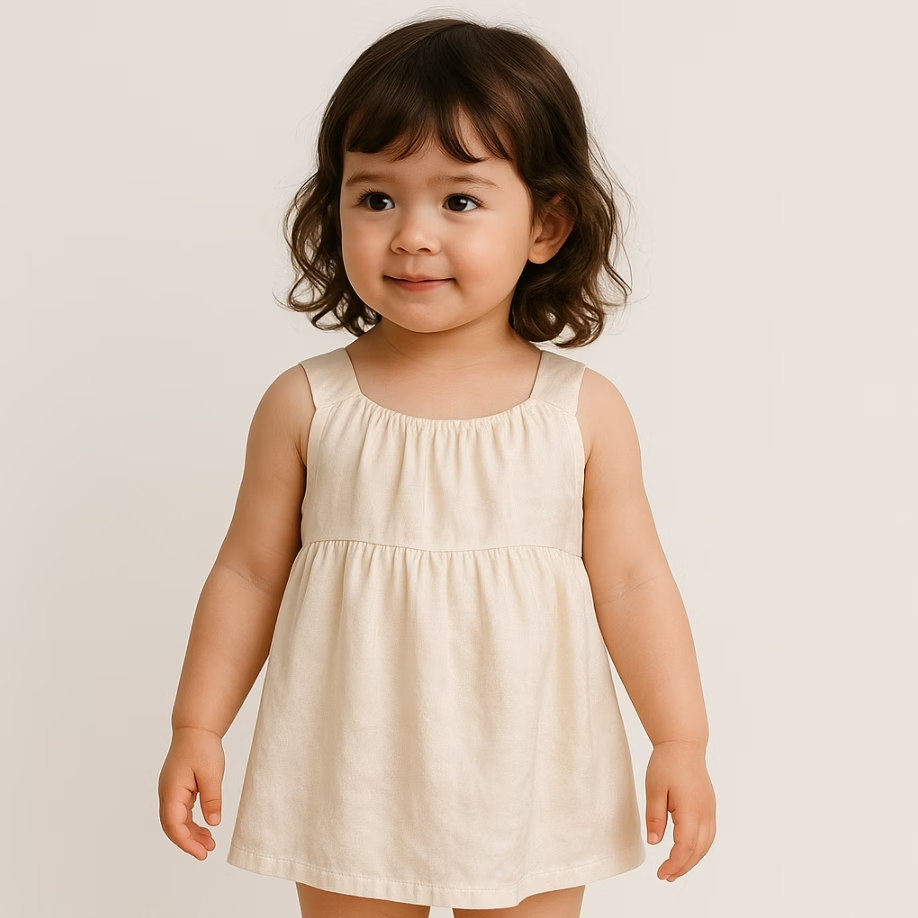
1. OEKO-TEX® Standard 100
The OEKO-TEX® Standard 100 certification is one of the most recognized safety labels in the textile industry. It ensures that textiles are free from harmful substances and are safe for human use. This certification involves rigorous testing of raw materials, intermediate and end products for harmful substances, and is applicable to all stages of production.
2. Global Organic Textile Standard (GOTS)
The GOTS certification is a leading textile processing standard for organic fibers, including ecological and social criteria. It ensures that textiles are made from organically produced raw materials and are processed in an environmentally and socially responsible manner.
3. Consumer Product Safety Improvement Act (CPSIA)
In the United States, the CPSIA mandates that children’s products, including clothing, meet specific safety standards. This includes restrictions on lead content, phthalates, and flammability, as well as requirements for third-party testing and certification.
4. BSCI (Business Social Compliance Initiative)
The BSCI is a leading supply chain management system that supports companies in their efforts to improve working conditions in their global supply chains. It provides a common Code of Conduct that is based on international labor standards, ensuring ethical production practices.
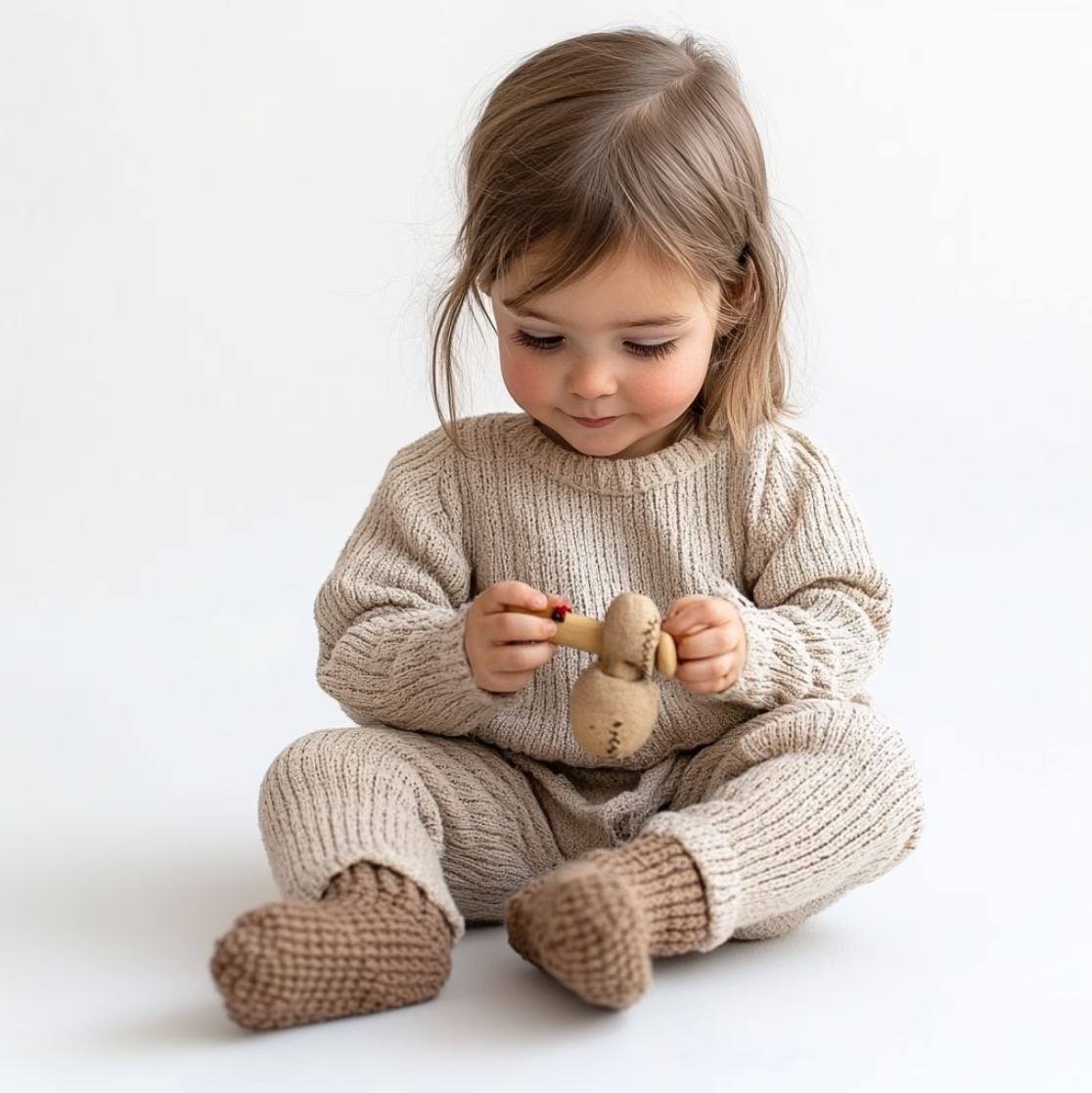
🧵 How to Choose a Manufacturer That Meets International Safety Standards
Selecting a manufacturer that adheres to international safety standards is crucial for ensuring the quality and safety of baby apparel. Here are key factors to consider:
1. Certifications and Compliance
Look for manufacturers that hold internationally recognized certifications, such as:
-
ISO 9001 (Quality Management System): This certification ensures that the manufacturer has a robust quality management system in place, focusing on consistent quality and customer satisfaction.
-
OEKO-TEX® Standard 100: This certification verifies that textiles are free from harmful substances. For baby apparel, it ensures that materials are safe for sensitive skin.
-
CPSIA Compliance (for U.S. markets): Manufacturers should provide a Children’s Product Certificate (CPC) to confirm compliance with the Consumer Product Safety Improvement Act, which mandates testing for harmful chemicals in children’s products.
2. Quality Control Systems
A reputable manufacturer should have:
-
Established Quality Control Procedures: Implementing standardized processes for material inspection, production monitoring, and final product testing ensures consistent quality.
-
Regular Audits and Inspections: Conducting internal and external audits helps maintain high standards and identify areas for improvement.
3. Third-Party Testing
Engaging accredited third-party laboratories for product testing provides an unbiased assessment of safety and quality. For instance, Intertek offers comprehensive testing services to ensure compliance with global safety standards.
4. Manufacturer’s Track Record
Evaluate the manufacturer’s:
-
Reputation and Experience: A long-standing history in the industry often indicates reliability and expertise.
-
Customer Reviews and Testimonials: Feedback from previous clients can provide insights into the manufacturer’s performance and product quality.
-
Compliance History: Check for any past violations or recalls, which could indicate potential risks.
🧵 Petelulu’s Commitment to Safety and Quality Control
Petelulu, a distinguished manufacturer specializing in baby apparel, exemplifies excellence in safety and quality control. With over a decade of experience in the industry, Petelulu has established itself as a trusted partner for retailers and parents seeking high-quality, safe, and comfortable clothing for infants and toddlers.
🏭 Comprehensive Manufacturing Process
Petelulu’s manufacturing process is meticulously designed to ensure the highest standards of safety and quality:
-
Material Selection: The company prioritizes the use of organic and eco-friendly materials, such as 100% organic cotton and bamboo fabrics, which are gentle on babies’ sensitive skin and free from harmful chemicals.
-
Design and Production: Petelulu offers full customization services, allowing clients to create unique designs that align with their brand identity. The production process includes cutting, sewing, and finishing, all carried out under stringent quality control measures.
-
Quality Assurance: Each product undergoes thorough inspections at various stages of production, including raw material checks, in-process evaluations, and final product assessments, to ensure compliance with safety standards.
✅ Certifications and Compliance
To further reinforce its commitment to safety and quality, Petelulu holds several internationally recognized certifications:
-
OEKO-TEX® Standard 100: This certification ensures that Petelulu’s products are free from harmful substances and safe for human use.
-
GOTS (Global Organic Textile Standard): GOTS certification guarantees that the textiles used are made from organic fibers and produced in an environmentally and socially responsible manner.
-
BSCI (Business Social Compliance Initiative): BSCI certification reflects Petelulu’s adherence to ethical labor practices and commitment to improving working conditions in its supply chain.
🛡️ Commitment to Safety Features
Understanding the unique needs of infants, Petelulu incorporates several safety features into its designs:
-
Secure Fastenings: Elimination of small buttons and zippers that could pose choking hazards.
-
Flame-Resistant Fabrics: Use of materials that meet flammability standards to reduce fire risks.
-
Non-Toxic Dyes and Finishes: Application of safe, non-toxic dyes and finishes to prevent skin irritation and allergic reactions.
By integrating these safety features into its products, Petelulu ensures that every garment is not only comfortable and stylish but also safe for babies to wear.
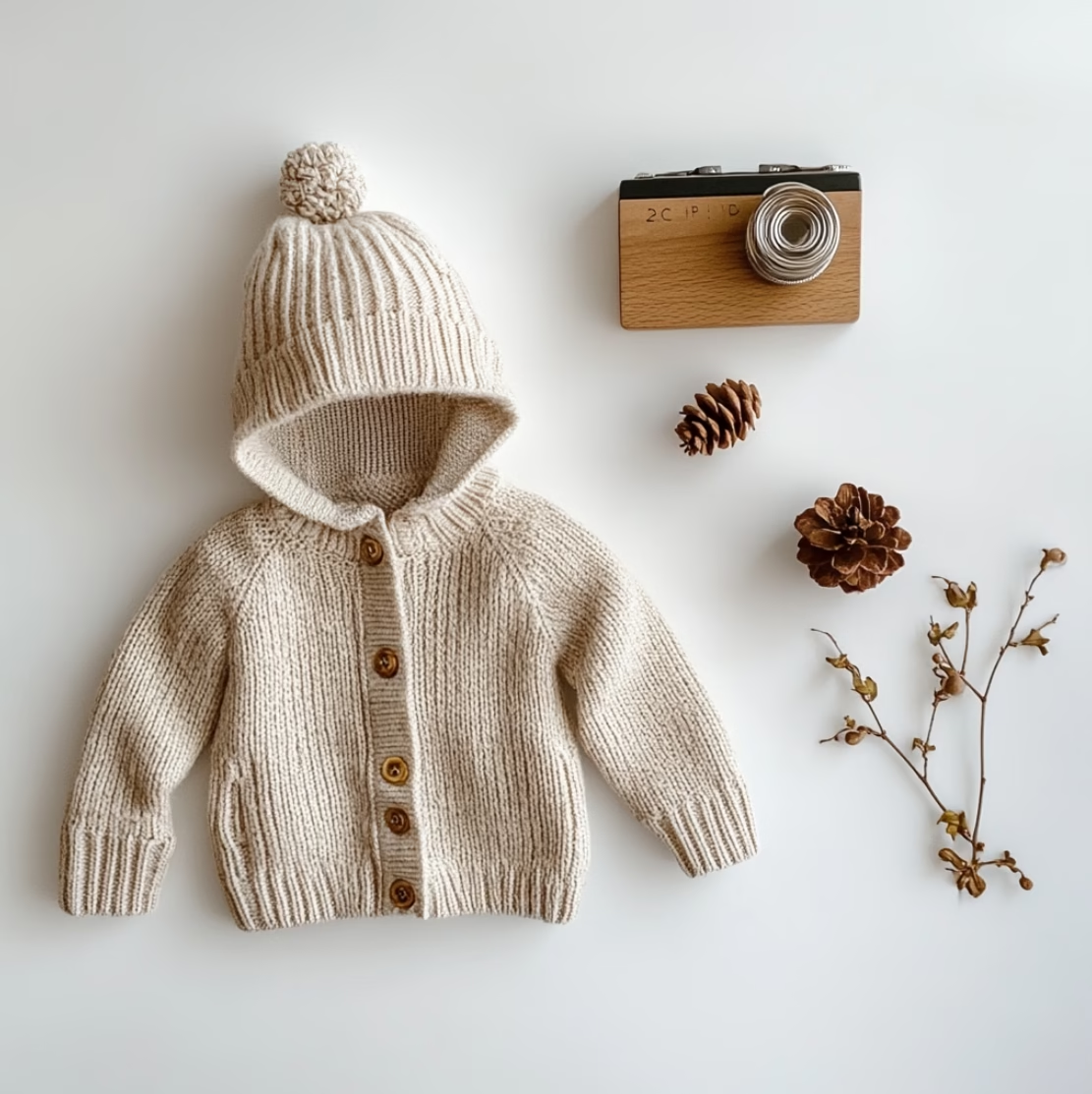
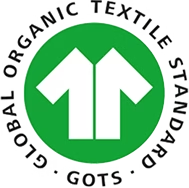
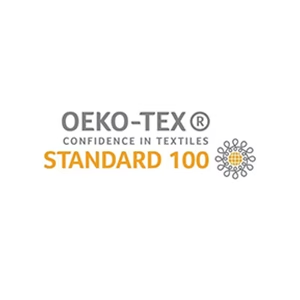

🧸 Conclusion: Ensuring Safety and Comfort in Baby Apparel
Ensuring the safety and comfort of baby clothing is a shared responsibility among parents, manufacturers, and regulatory bodies. Each plays a pivotal role in safeguarding the well-being of infants.
👨👩👧 Parents’ Role: Vigilance in Product Selection
Parents are the first line of defense in protecting their children from potential hazards. When selecting baby apparel, it’s crucial to:
-
Check for Safety Certifications: Look for recognized certifications such as OEKO-TEX® Standard 100, GOTS, and CPSC compliance. These labels indicate that the product has been tested for harmful substances and meets safety standards.
-
Inspect Labels and Tags: Ensure that care labels are securely attached and legible. Labels should include information about the manufacturer, country of origin, and care instructions.
-
Avoid Hazardous Features: Steer clear of clothing with small parts, drawstrings, or other features that could pose choking or strangulation risks.
-
Prioritize Natural Materials: Opt for garments made from natural fibers like organic cotton, which are less likely to contain harmful chemicals.
🏭 Manufacturers‘ Responsibility: Commitment to Quality and Safety
Manufacturers must uphold rigorous standards to ensure their products are safe for infants:
-
Adherence to Safety Standards: Comply with international safety regulations and standards, such as the Consumer Product Safety Improvement Act (CPSIA) in the U.S., which mandates third-party testing and certification for children’s products.
-
Implementation of Quality Control Measures: Establish robust quality control processes to monitor every stage of production, from sourcing materials to final inspection.
-
Transparency and Traceability: Provide clear labeling and documentation, including tracking labels and certificates of compliance, to ensure transparency and accountability.
🏛️ Regulatory Bodies’ Role: Oversight and Enforcement
Regulatory agencies are tasked with overseeing the safety of children’s products:
-
Establishing and Enforcing Standards: Develop and enforce safety standards for children’s apparel, including flammability requirements and restrictions on hazardous substances.
-
Monitoring Compliance: Conduct inspections and audits to ensure manufacturers adhere to safety regulations.
-
Taking Corrective Actions: Issue recalls and penalties when non-compliant or unsafe products are identified in the market.
🌟 Conclusion: Prioritising Safety and Comfort in Baby Apparel
In the journey of parenthood, selecting clothing that ensures both safety and comfort for your baby is paramount. The delicate nature of infant skin and their developing systems necessitate garments crafted with the utmost care and adherence to stringent safety standards. Brands like Petelulu exemplify this commitment by integrating international safety certifications, such as OEKO-TEX® Standard 100 and GOTS, into their production processes.